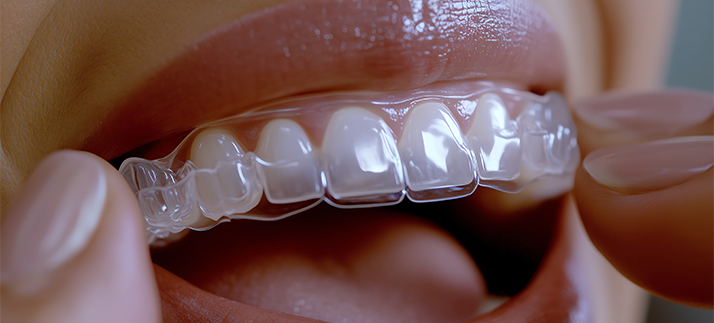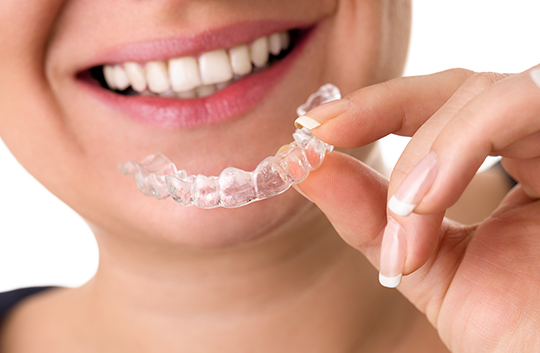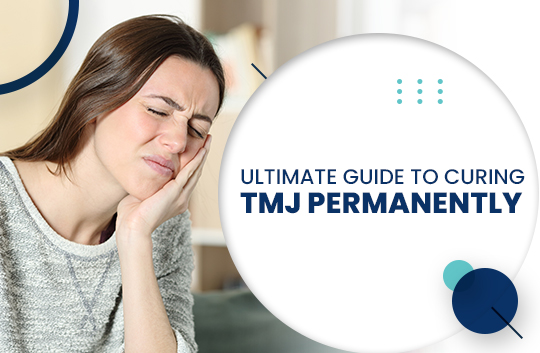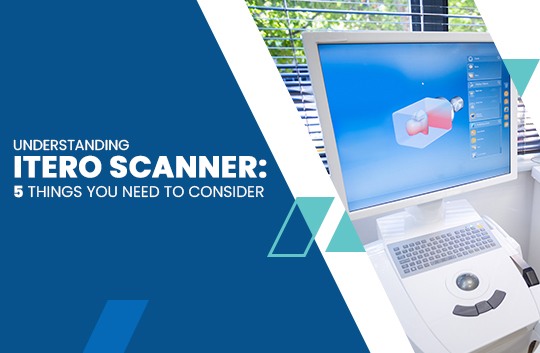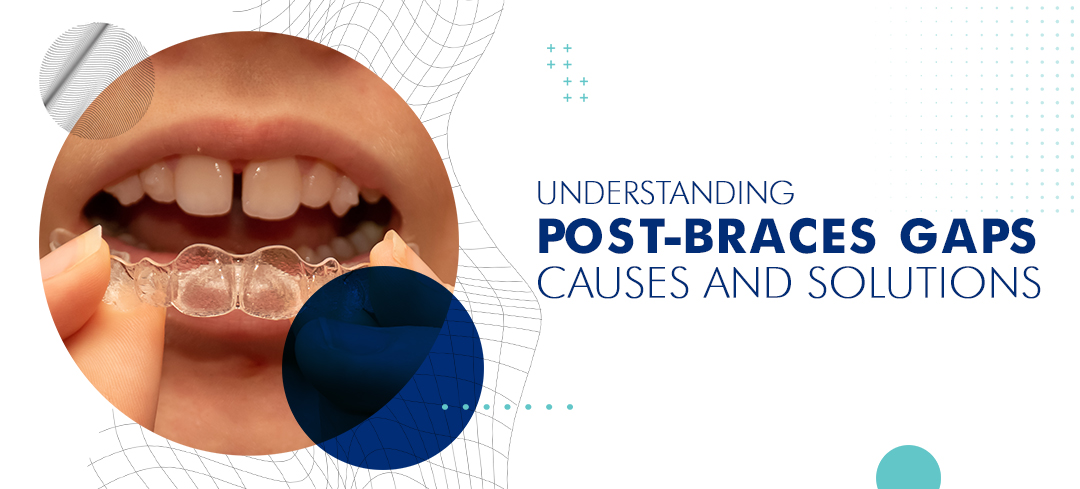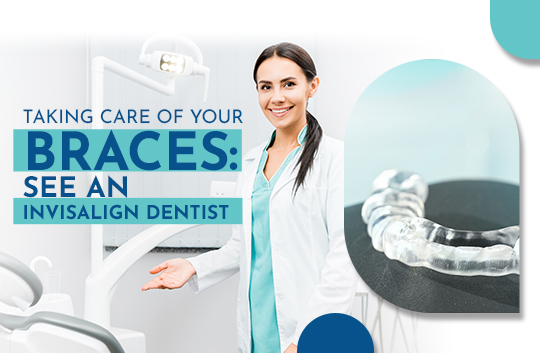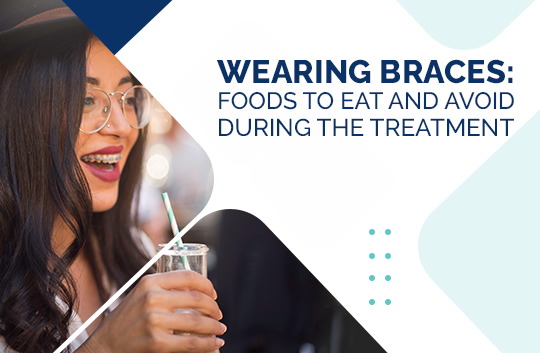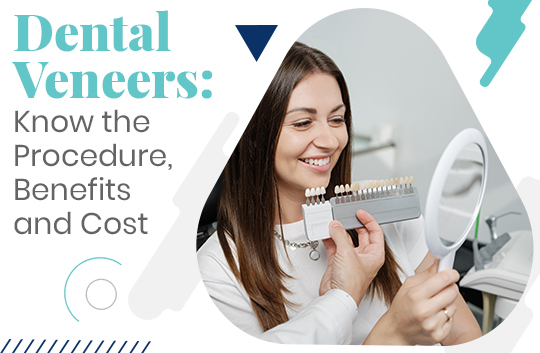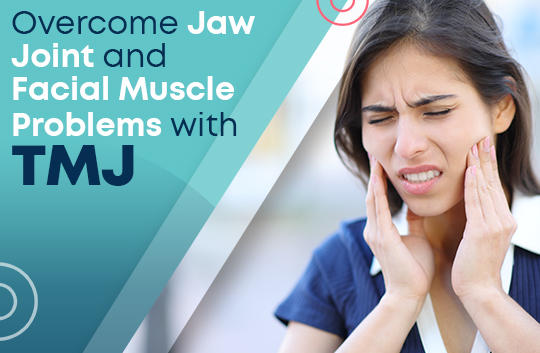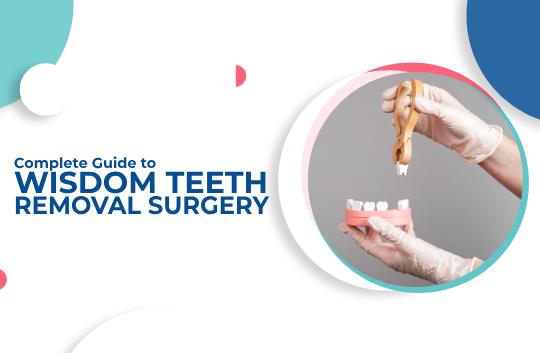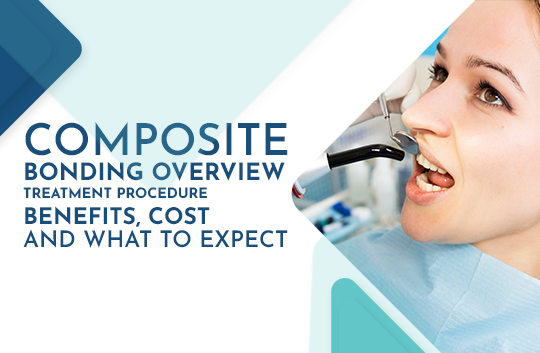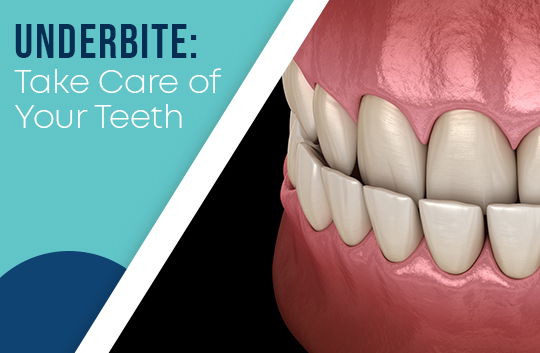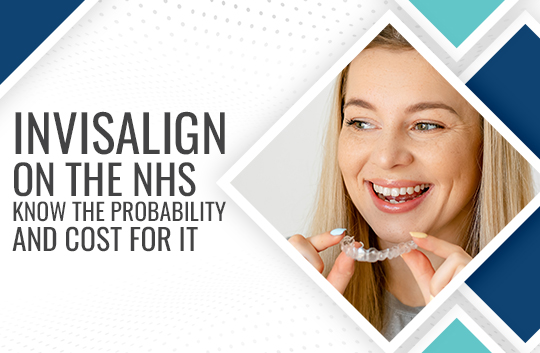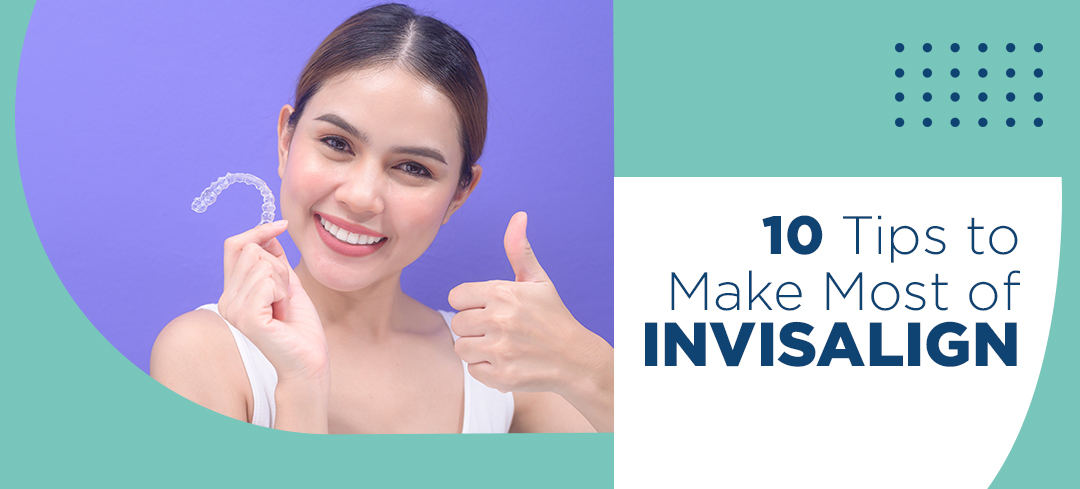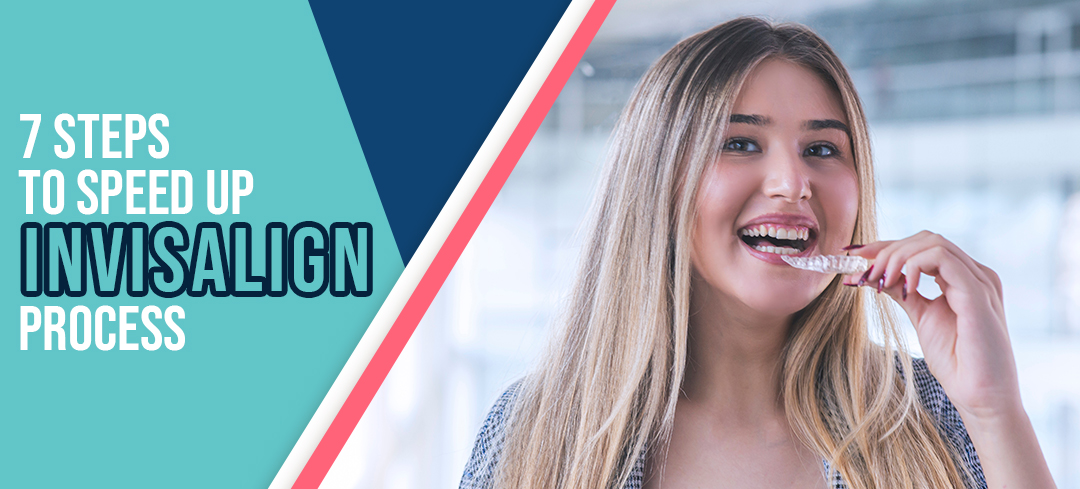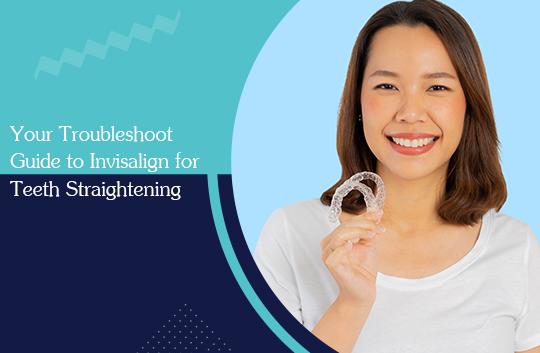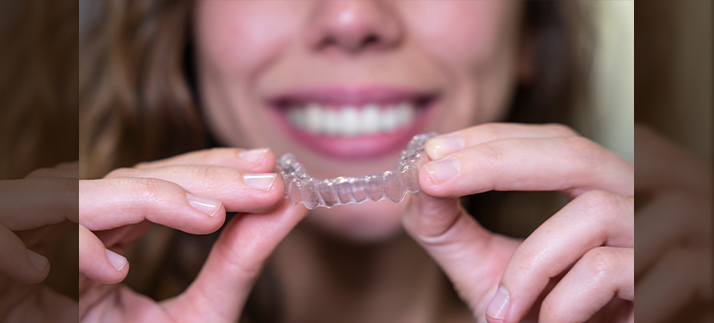

How can Invisalign Preserve Your Gum Health?
Introduction
Invisalign is an effective and comfortable orthodontic treatment that can give you an aesthetically pleasing smile. It includes a clear aligner system which makes your smile straight by shifting your teeth gradually into their desired position. Invisalign aligners also eliminate the hassle of fixed wires and metal brackets present in traditional braces.
However, several patients often report to experience gum recession while using Invisalign aligners. This condition occurs due to reduction of the gum tissue while wearing the aligners, because of which the gums get lowered and leads to exposure of your dental roots. In case you are using Invisalign aligners, you need to be well aware of the connection between Invisalign treatment and gum recession and how to manage it. Read on this blog to find out more on Invisalign gum recession.
What is gum recession?
Gum recession refers to a condition where your gums tend to pull back or recede from your teeth, consequently exposing your dental roots. It might result in formation of pockets or gaps between the teeth and gums. These dental gaps or pockets make space for bacteria, ending up harming your teeth and its supporting structures.
In addition, this condition triggers sensitivity. This results from the exposure of the teeth roots to touch and temperature changes which makes them more sensitive. Gum recession might even lead to tooth loss in severe cases and needs prompt dental intervention.
What causes gum recession?
- Gum disease: The primary factor causing gum recession is periodontal disease.It is basically a bacterial infection which causes damage to your gums and other tissues that offer support to your teeth.
- Poor oral hygiene: Lack of proper brushing and flossing encourages build up of plaque on the gums and teeth, resulting in gum disease and recession.
- Aggressive brushing: Hard and aggressive brushing or using a toothbrush with hard and rough bristles might cause damage to your gums and result in recession.
- Hormonal changes: Different stages of life like puberty, pregnancy, or menopause bring about dramatic fluctuations in your hormone levels. This can enhance your risks of gum recession.
- Teeth grinding: If you have a habit of clenching or grinding your teeth, it might exert excessive pressure on your gums and cause them to recede.
- Misaligned teeth: Crowded or crooked teeth can also apply extra pressure on the gums and result in recession.
Gum Recession Symptoms
The signs of gum recession vary according to the severity of your condition and its underlying cause. Some common symptoms include:
- Visible dental roots: Receding gums lead to exposure of dental roots and make them appear longer than normal.
- Tooth sensitivity: If you have exposed dental roots, your teeth tend to become more sensitive to acidic or sweet foods, extreme hot or cold temperatures, or when you brush or floss.
- Gum inflammation: Redness and inflammation of gums point to gum disease and eventual recession.
- Bleeding gums: Gums which bleed easily, particularly when you brush or floss might indicate your gum disease or recession.
- Loose teeth: Due to advanced gum recession your teeth tend to get loose and fall out of their position.
Can receding gums revive?
No, receding gums cannot revive or regrow by themselves, not even with periodontitis. But there are several ways by which you can prevent worsening of your condition. In such cases, surgical treatment can potentially restore your oral health and appearance. Such surgeries work by grafting soft tissue onto your gums from some other area of your mouth. This process can be effective in repairing the damage occurring due to your gum recession.
How is Invisalign related to gum recession?
Invisalign is not typically a direct cause of your gum recession. This is because the Invisalign movement of your teeth occurs under careful planning while considering the periodontium, a specialised tissue supporting your teeth. While shifting your teeth into their desired positions, Invisalign aligners can apply pressure on the surrounding bones and gums. This is when it results in slight gum recession. However, Invisalign is less likely to cause gum recession compared to traditional braces, as traditional braces often involve faster tooth movement and make it more difficult to maintain good oral hygiene. Invisalign’s design allows for better plaque control and typically involves gentler tooth movement, which reduces the risk of gum problems. If gum recession does occur during Invisalign treatment, it is usually minor and tends to resolve on its own as the treatment progresses.
How can Invisalign cause gum recession?
Unplanned Invisalign treatment can lead to a more severe gum recession in rare cases. It might occur if your aligners:
- Do not fit properly
- Put excessive force on certain areas of mouth or specific teeth.
- Besides, if you are already experiencing gum recession, your thin gum tissue may be more prone to experiencing Invisalign gum recession.
This is why it is essential to discuss with your dentist about the risks of gum recession before beginning with your Invisalign treatment. The orthodontist can then create a customised plan as per your individual needs and concerns. It helps reduce the risks further and closely monitor your progress.
Can gum recession be reversed by Invisalign?
Invisalign is not actually a cure for gum recession as it is completely a different condition requiring its separate individual treatment. It is important to address your gum recession as soon as possible, as this condition can produce significant impacts on your oral health. In some cases, using Invisalign can make the underlying condition more complicated. Your teeth movement around the receding gums make the situation worse.
Can your gum recession worsen with Invisalign?
Invisalign causing periodontal disease is not appropriate information. Proper cleanliness and maintenance of oral hygiene play critical roles in keeping away your gum disease. If you are suffering from a severe periodontal condition, it might cause delays in your Invisalign treatment at the discretion of the orthodontist.
How can you avoid gum recession with Invisalign?
If you are using Invisalign aligners and are facing issues with receding gums, then you might wonder how to avoid gum recession with Invisalign. Initially, you should follow a rigorous routine of oral hygiene:
- Brush at least twice a day, and after every meal if possible
- Floss regularly
- Use an antimicrobial mouthwash
- Use a toothbrush with soft bristles
- Brush gently and avoid applying extra pressure on your gums
Moreover, you can protect your gums from recession with the help of dental wax during your Invisalign treatment. You need to apply the wax on the edges of your aligners which mostly come in contact with your gums. This develops a barrier between your gums and the aligners to reduce friction and resultant irritation. But it is also essential to note that is not a permanent solution and must be used as per the instructions of your Invisalign provider.
Lastly, you should adhere to your orthodontist’s instructions. Proper coordination with your orthodontist throughout your Invisalign treatment process can help ensure:
- The aligners do not exert excessive pressure on your gums or produce any unwanted irritation
- All problems associated with your gum recession or other issues of oral hygiene are solved effectively.
How can you treat Invisalign gum recession?
There are numerous options available which can address gum recession occurring from Invisalign treatment. Some options include:
- Gum grafting: It is a surgical process that extracts healthy tissue from an area in your mouth. Next it is transplanted to an area where you have receding gums. The transplanted tissue conceals your exposed dental root, preventing further gum recession.
- Periodontal therapy: This therapy is aimed at treating the periodontal disease which may have contributed to your gum recession. It includes scaling, deep cleaning, root planning, and antibiotic therapy.
- Maintaining good oral hygiene: It is essential to prevent gum recession resulting from Invisalign.
Pros and Cons of Invisalign for Treating Gum Recession
Periodontal treatment and gum grafting can restore your gum tissue and improve your gum health, minimising the risk of your gum disease. It also reduces your tooth sensitivity, a common side effect of your gum recession. Moreover, your teeth tend to look longer with gum grafting, reducing your exposed dental roots.It improves the appearance of your smile.
However, these are expensive treatments causing some discomfort, particularly during your recovery phase. In addition, these treatments require several appointments and a longer recovery time. As a result, your overall Invisalign treatment duration becomes longer.
Complications and Risks of Untreated Receding Gums from Invisalign
It is essential to detect Invisalign gum recession early. This enables prompt treatment to prevent further damage to your teeth and gum tissue. Here are the reasons why you should focus on early detection:
- Gum recession can make your teeth loss and cause them to fall out eventually. Early detection and intervention can help avoid such problems.
- It can also lead to sensitive teeth, making it difficult to have hot or cold foods and beverages. Early diagnosis minimises sensitivity and makes your eating and drinking experience more comfortable.
- Your gums tend to become more prone to gum disease and infection with Invisalign gum recession. Early diagnosis and treatment are integral to improving your gum health and preventing further damage.
- Undetected or untreated gum recession can unnecessarily stretch your Invisalign treatment duration. It is vital to detect and treat receding gums early to reduce the impact of gum recession on your overall treatment duration.
- Again untreated gum recession can end up requiring more expensive and invasive treatments like gum grafting. Early intervention can prevent the need for such extensive procedures.
Why is professional help important to treat Invisalign gum recession?
Untreated gum recession can result in serious oral health problems, and this is why professional help is essential. Here is how professional intervention can help you:
- Accurate diagnosis: A dental professional can diagnose your condition accurately and find out the root cause.
- Effective treatment: Your Invisalign gum recession can receive appropriate treatment from a dental professional. It includes both surgical and non-surgical interventions.
- Prevent damage: Early intervention by an orthodontist can help avoid any further damage to your teeth and gums. It also eliminates the need for more expensive and invasive treatments.
- Monitor progress: Professional intervention can help make necessary adjustments to ensure the best outcome.
Final Thoughts
Invisalign is a clear aligner system that can easily give you a straight and perfect smile. However, potential delays in addressing gum recession problems might lead to severe complications in the future. It is recommended to seek professional guidance and adhere to your orthodontist’s instructions for best results. A good oral hygiene routine and avoiding unhealthy habits are crucial to stay away from any kind of oral infection.
As soon as you experience any kind of discomfort on wearing your Invisalign aligners, visit an orthodontist at once. Contact Dental Clinic London if you are seeking Invisalign treatment, or are facing any issues of receding gums with your Invisalign aligners.
 70 Great Russell St, Holborn, London WC1B 3BN, UK
70 Great Russell St, Holborn, London WC1B 3BN, UK



